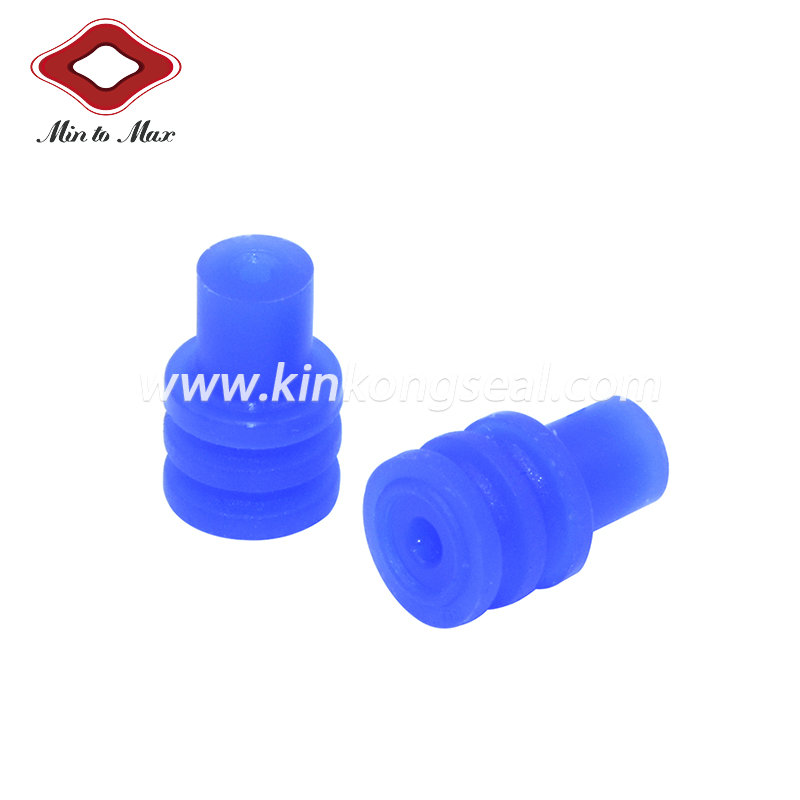Jan. 11, 2021
Automotive Connector Information
Automotive electrical connectors are specially designed for automotive electrical systems.
Electrical systems have become increasingly important in the recent history of automotive design. Modern vehicles are subject to extensive wiring and microprocessor control, leading to a growing demand for more reliable wiring and connectors. Most components in the system require connectors to connect to other components.
Automotive electrical connectors are specifically designed for use in automotive electrical systems. Automotive systems have changed dramatically, and today, modern systems are widely connected and controlled by microprocessors. This increases the demand for high quality and reliable wiring and electrical connectors. Therefore, if you are choosing an automotive electrical connector for your vehicle, be sure to consider its rated current, circuit density, wire size, voltage, configuration, and bonding force.
Connectors are mainly used to connect or disconnect wires. They are used to connect or disconnect prefabricated parts or equipment to a given wire harness. A connection system consists of two paired connectors, which are combined to form a fully functioning connection system. On the male end, you will have to use the male terminal/pin, and on the female end, you will have to use the female terminal/pin. The terminals are mainly produced as metal stamping terminals, available in different shapes and coatings depending on the application used. The matching terminal of the connection (male + female) is the electrical connector that ensures the user's connection.
Automotive connectors can be classified in a number of ways, including electrical system components.
For example, an audio connector is used to power and connect the vehicle's audio system. ISO standard 10487 defines four types of audio connectors:
Power connectors (a set) connect the vehicle's main engine to power, turn on/off switches and dedicated components such as antennas and speed related volume controls.
Group B connectors are used to connect speakers around the vehicle.
Group C connectors are optional for connection to special peripherals, such as remote controls, CD discs, and external amplifiers.
The D-Group connector is optional and usually connects to a satellite navigation system.
Other vehicle systems requiring connectors include computer systems, sensors, relays, ignition systems, lighting, radio receivers, and electric doors and Windows.
Automotive connectors may take one of the following forms:
Sealed connectors are multi-pin devices that represent most automotive connectors. The seal prevents environmental contaminants from entering.
Wire terminals are used for non-welded wire connections.
wire-to-board connectors connect components to computer circuit boards. Board-to-board connectors connect two circuit boards.
wire-to-wire connectors are used to connect two wire-end cables.
Single wire seals surround a single wire and seal the cavity under environmental conditions. In one working step, seals are pressed onto terminals and cables and pushed into each chamber. Seals vary from 2 to 3 sealing discs, depending on manufacturer and series, which press from the inside into the cavity. Depending on the manufacturer and series, the single wire seals will retain a different percentage of the silicone oil. This oil is used to support the assembly process when inserted into the mold cavity.

Tel: +86 13705057546
E-mail: info@kinkong.com
Add: #27 Hengjing Xiyi Road, Liushi Town, Yueqing City, Zhejiang Province, 325604, China.
Copyright © Min To Max All Rights Reserved |